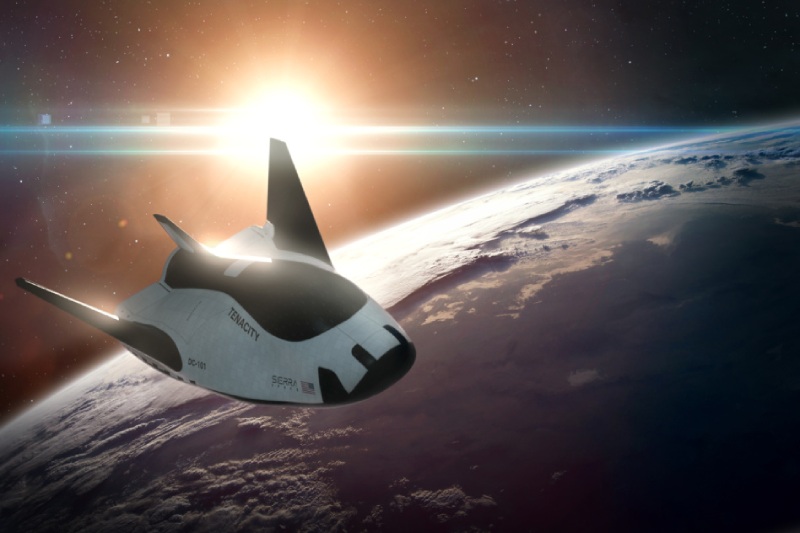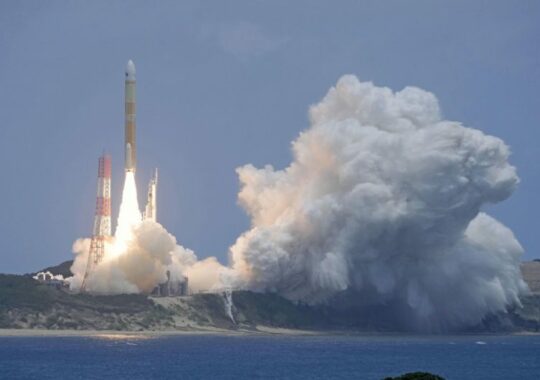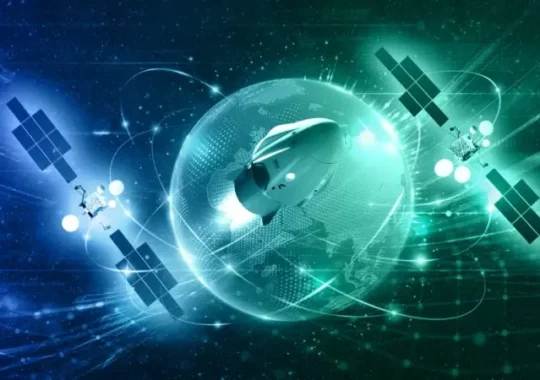On the inaugural mission of the company’s Dream Chaser spacecraft to the International Space Station, NASA and Sierra Space are making progress. As part of NASA’s commercial resupply services, the unmanned cargo spaceplane is scheduled to launch its demonstration trip to the orbital complex in 2024.
Chaser of Dreams and Shooting Star
The Dream Chaser spacecraft and the Shooting Star cargo module are the two main components of the Dream Chaser freight system, which is produced by Sierra Space in Louisville, Colorado. Dream Chaser is a lifting body spacecraft adapted from the HL-20 spacecraft built at NASA’s Langley Research Center in Hampton, Virginia, and intended for up to fifteen reuses.
Pressurized and unpressurized goods can be delivered to and disposed of from the space station using the cargo module partner of the spaceplane, Shooting Star. Before re-entry, the cargo module is disposed of after its single use.
At Space Launch Complex 41 at Cape Canaveral Space Force Station in Florida, the Dream Chaser system will be launched with its wings folded inside a five-meter fairing atop a ULA (United Launch Alliance) Vulcan Centaur rocket. During ascent, the fairing panels will shield the spacecraft; however, once in orbit, they are removed. Dream Chaser’s cargo module and wings are equipped with solar panels that are activated as it makes an autonomous approach to the space station. Dream Chaser is built to be launched in as little as 24 hours in the event of a scrub.
Overview of the Mission
In order to certify Dream Chaser for upcoming flights, Sierra Space will carry out in-orbit demonstrations during its maiden voyage. Teams from NASA will watch the flight from the Dream Chaser Mission Control Center in Louisville, Colorado, NASA’s Johnson Space Center in Houston, and NASA’s Kennedy Space Center in Florida. The Dream Chaser spacecraft will be operated by Sierra Space flight controllers while it is on the launch pad. After landing, the spacecraft will be turned over to the Sierra Space ground operations team at NASA Kennedy.
Before the spacecraft enters the approach ellipsoid, an invisible border around the orbiting laboratory that measures 2.5 by 1.25 by 1.25 miles (4 by 2 by 2 kilometers), far-field demonstrations will take place outside the region of the space station. Before Dream Chaser can begin cooperative operations with the NASA crew at the Mission Control Center in Houston, these demonstrations will be necessary. These include showcasing the ability to manage attitude, translate, and abort.
A closer approach to the space station is required for near-field demonstrations, which include using and activating light detection and ranging (LIDAR) sensors, reacting to commands from there, pulling away from the station when instructed, and maintaining approach at first 1,083 feet (330 meters), then 820 feet (250 meters), and lastly, 98 feet (30 meters) from the station. Dream Chaser will approach the space station after the demonstrations are successfully completed.
Dream Chaser will hold a final time approximately 38 feet (11.5 meters) from the space station, when a member of the station crew will use the robotic arm Canadarm2 to grapple a fixture on the spacecraft’s cargo module. Teams on the ground will then install the cargo module to an Earth-facing port on the Unity or Harmony module. Dream Chaser will approach the orbiting laboratory.
Over 7,800 pounds of cargo are expected to be delivered by Dream Chaser to the International Space Station on its maiden trip. Dream Chaser is intended to deliver up to 11,500 pounds of cargo and remain affixed to the station for a maximum of 75 days throughout subsequent missions. It is possible to put cargo onboard the spaceship up to 24 hours before launch. Dream Chaser has the capacity to return more than 3,500 pounds of goods and experiment samples to Earth, and it can use its cargo module to remove nearly 8,700 pounds of waste upon reentry.
Go back to Earth
Before Dream Chaser is removed using Canadarm2, it will stay in the space station for roughly 45 days. If the necessary weather conditions are satisfied, the spacecraft can land as soon as 11 to 15 hours after takeoff. Opportunities to land occur every day. Dream Chaser landing weather requirements typically call for crosswinds of less than 17.2 mph (15 knots), headwinds of less than 23 mph (20 knots), and tailwinds of less than 11.5 mph (10 knots). It is not permissible to land in thunderstorms, lightning, or rain within 20 miles of the runway or 10 miles of the approach path. Controllers will use specific flying regulations to help them decide whether a landing is a good opportunity.
To commit Dream Chaser to deorbit, all 26 of its reaction control system thrusters will fire simultaneously. As the first spacecraft to land at Kennedy’s Launch and touchdown site since the last space shuttle flight in 2011, Dream Chaser will reenter Earth’s atmosphere and glide to a runway touchdown at the site in the manner of NASA’s space shuttle.
After landing, Dream Chaser will be powered down and moved to the Space System Processing Facility by the Sierra Space ground operations crew. There, it will undergo the required inspections, offload any remaining NASA cargo, and be ready for the next mission.
2016 saw the selection of Sierra Space, formerly known as Sierra Nevada Corporation, as NASA’s third commercial cargo replenishment spacecraft to provide services to the International Space Station.





